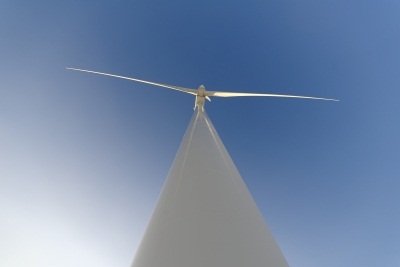There are no one-size-fit-all answers to problems involving vibration control systems. Luckily, there are ways and means to solve these problems. Vibration damping is one of the commonly used mechanisms in mitigating the sound and noise caused by resonance in plant structures. This strategy causes some of the vibration energy to dissipate and transform into heat energy. Vibration damping may employ passive, semi-active and active control to dissipate the effects of vibration. In passive damping, necessary tools such as sound absorbing materials, viscous, viscoelastic, narrowband reactive solutions such as Helmholtz resonators (for sound), friction dampers (for vibration) and tuned mass dampers are used. Meanwhile, active damping employs actuators, coupled with sensors and digital or analog controllers to counteract the resonance with the right timing of actuation.
Vibration control system is a technique that may also involve passive, semi-active, and active solutions. This method uses active elements with sensors and controllers to cancel the vibration with the production of out-of-phase actuation. Technically, controlling the vibration of a structure does not mean cancelling the vibration that comes from the source. A vibration control system works by preventing the transmission of the vibration to the surroundings. In this manner, noise is isolated from an environment in which sound is regulated: in machines, constructions, and components of the base or foundation. The mechanism is called isolation, which uses passive, semi-active, and active control strategies. Barriers are most commonly used in passive isolation to block sound. Another commonly used vibration control system method is putting up a vibrating structure using resilient elements like rubber. In active isolation, actuators, along with sensors and digital or analog controllers, are used to reduce the amount of vibration transmitted from one mass to another.
Passive technologies find wide usage in vibration control system methods. Most of these applications employ passive damping via viscoelastic tools to control vibration. In spite of the fact that passive damping methods are quite cheaper to create, applying them may require deeper comprehension of the problems involving vibration. These as the properties of damping materials are likewise taken into consideration. Other methods of implementing a passive vibration control system include dynamic absorbers, viscous dampers, tuned-mass dampers, shunted piezoceramics dampers, and magnetic dampers. However, passive methods in controlling vibration are limited by lack of versatility, size and weight when applied to low-frequency control.
Passive damping and vibration control system methods lose their effect with poor versatility. It happens because the disturbance frequencies vary with time. Additionally, the effectiveness of a vibration control system can be enhanced using active techniques as compared to passive ones. In the last couple of years, active approaches provide cost efficient solutions to vibration problems, owing to the advances in computer technologies, actuators and sensors.
Image courtesy of http://www.freedigitalphotos.net/.











0 comments:
Post a Comment
Thank you very much for showing you care!
I would really appreciate if you can support my other blogs by following;
My Journey
Anything About Bella
The Woman In Me
Food and Food Trips